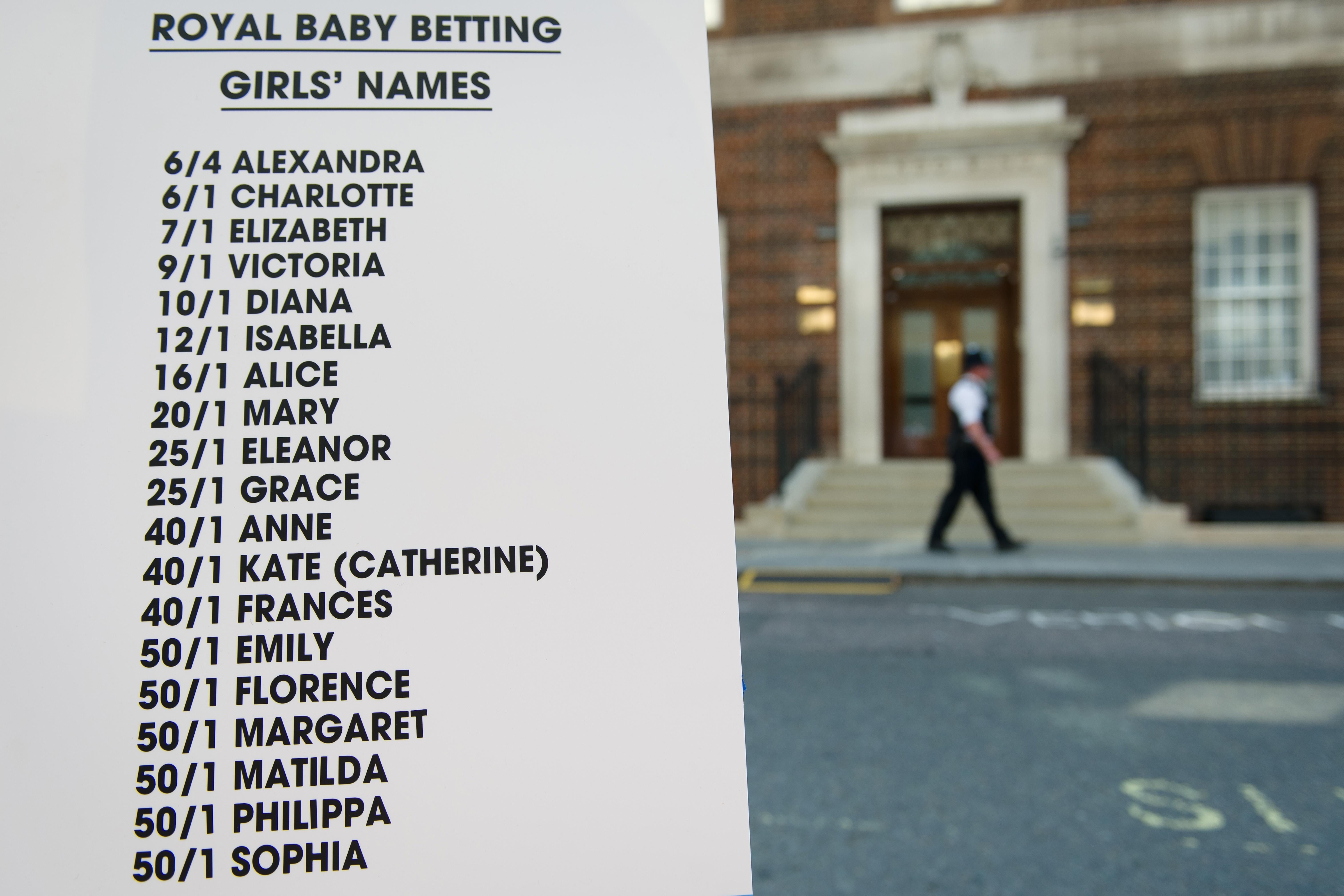London is full of journalists on “royal contraction watch.” Kate Middleton is said to be waiting “nervously” for her baby to arrive. The due date was rumored to be Saturday. So how long should we expect to be kept waiting?
About four more days: On average, first babies are about eight days late (this, according to the 1990 paper, “The Length of Uncomplicated Human Gestation”), which would put the royal heir’s expected arrival time at July 21.
This is just an average, of course, and it includes a lot of babies who were born early. Better than this would be to look at what is called a conditional probability: Given that the baby hasn’t arrived yet, what is the chance of arriving this week? How about next week?
I looked at these numbers in researching my forthcoming book (Expecting Better, out Aug. 20, so too late for Kate!). It turns out to be simple to find conditional probability, at least in the U.S., since the records of all births are available online for free. (Don’t worry, privacy hounds; names are removed.)
Conditional on not having given birth by her due date, the duchess has a 60 percent chance of labor this week. If she still hasn’t delivered by the end of this week, there is about a 60 percent chance of delivering the week after. If the royal baby is more than two weeks late, it’s likely there will be a labor induction, so the upper limit on arrival date is probably July 27 or 28.
There are various ways to predict whether the baby is likely to come soon—things like the condition of the cervix and position of the baby—but I am not privy to those details. The only good news I can give to journalists suffering through London’s current heat wave is that very high temperatures have been linked to a higher chance of going into labor.
